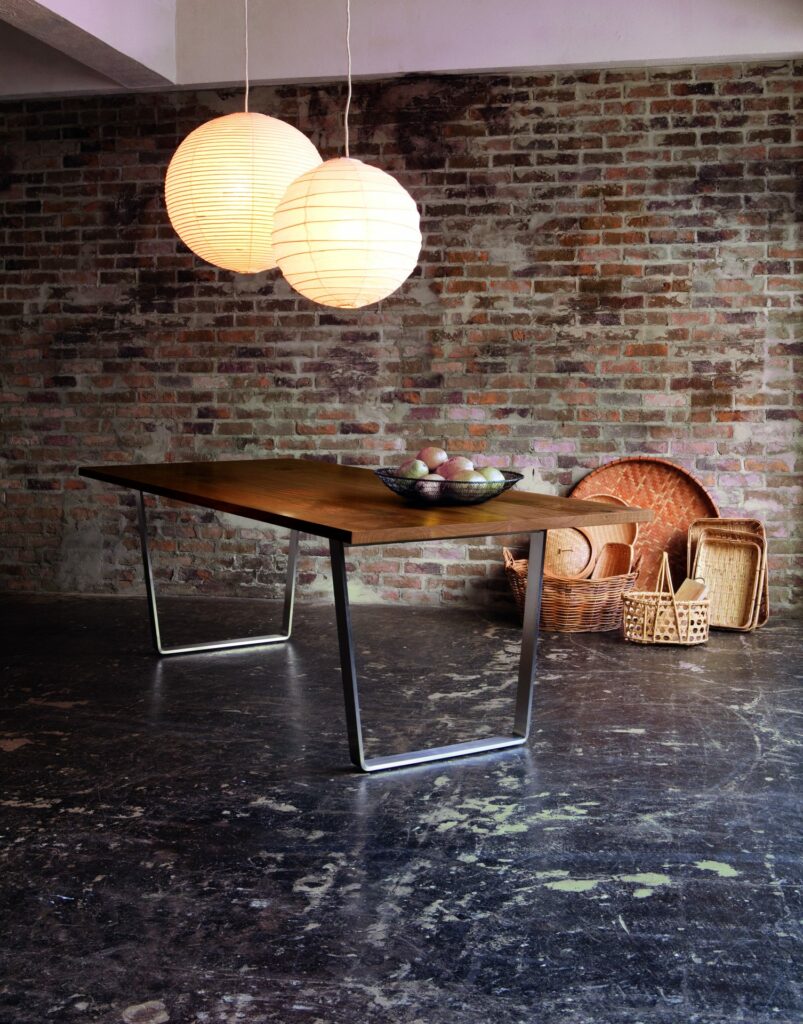Japanese chopsticks are unique
One of the difficulties I have to face when going abroad is table manners. Among other things, it’s difficult for me to eat without chopsticks. How can you eat a lettuce salad only with a fork? I’m always frightened, worried if lettuce leaves may flip and dressing may splatter on my shirt. Even if it’s in Asia, things are still difficult. I can’t hold noodles with Korean chopsticks, for example. By the time I finish a noodle dish in Korea, my shirt will have a psychedelic pattern. Don’t get me wrong. I’m not so bad at using chopsticks. I feel invincible when I use my chopsticks. Japanese chopsticks are different in shape, material, etc. from those used in other countries in Asia.
Fingers, a spoon, or chopsticks
The world can be divided into three regions by table manners: 40% of people eat by fingers; 30% by a spoon; another 30% by chopsticks. The difference is caused by a difference in staple food, but I can’t help thinking chopsticks are most useful. They work almost the same as fingers, and we can pinch even hot things, though it’d be painful to fingers. Indeed, chopsticks can’t scoop soup, but Japanese people lift a soup bowl to the mouth to drink soup, instead. If allowed to use chopsticks, I can confidently wear a new white shirt and eat even tomato sauce pasta.

Japanese chopsticks are made of wood
As I didn’t know that until going abroad, Japanese chopsticks are unique: sharply tapered, made of wood basically, and personally owned. To be more precise about the last unique point, we don’t share chopsticks even with family members. Each of the family members has its own personal chopsticks. The same rule applies to rice bowls. I don’t think wood is the best material for chopsticks. In order to avoid rice from sticking to chopsticks, it’s recommended to wet them before use, though it takes time to dry. Making matters worse, kids bite and break the tip of them. Even so, Japanese people are attached to wooden chopsticks, maybe because we’re just familiar to wood, or maybe because we’re super-particular about the texture of wood. Our wooden furniture is made by such Japanese craftspeople.

Shungo Ijima
He is travelling around the world. His passion is to explain Japan to the world, from the unique viewpoint accumulated through his career: overseas posting, MBA holder, former official of the Ministry of Finance.
Photo Credit: https://matcha-jp.com/en/192

